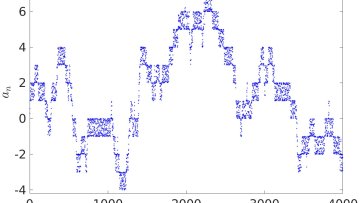16:00
Generalising Mirzakhani’s curve counting result
Abstract
On any hyperbolic surface, the number of curves of length at most L is finite. However, it is not immediately clear how quickly this number grows with L. We will discuss Mirzakhani’s breakthrough result regarding the asymptotic behaviour of this number, along with recent efforts to generalise her result using currents.


